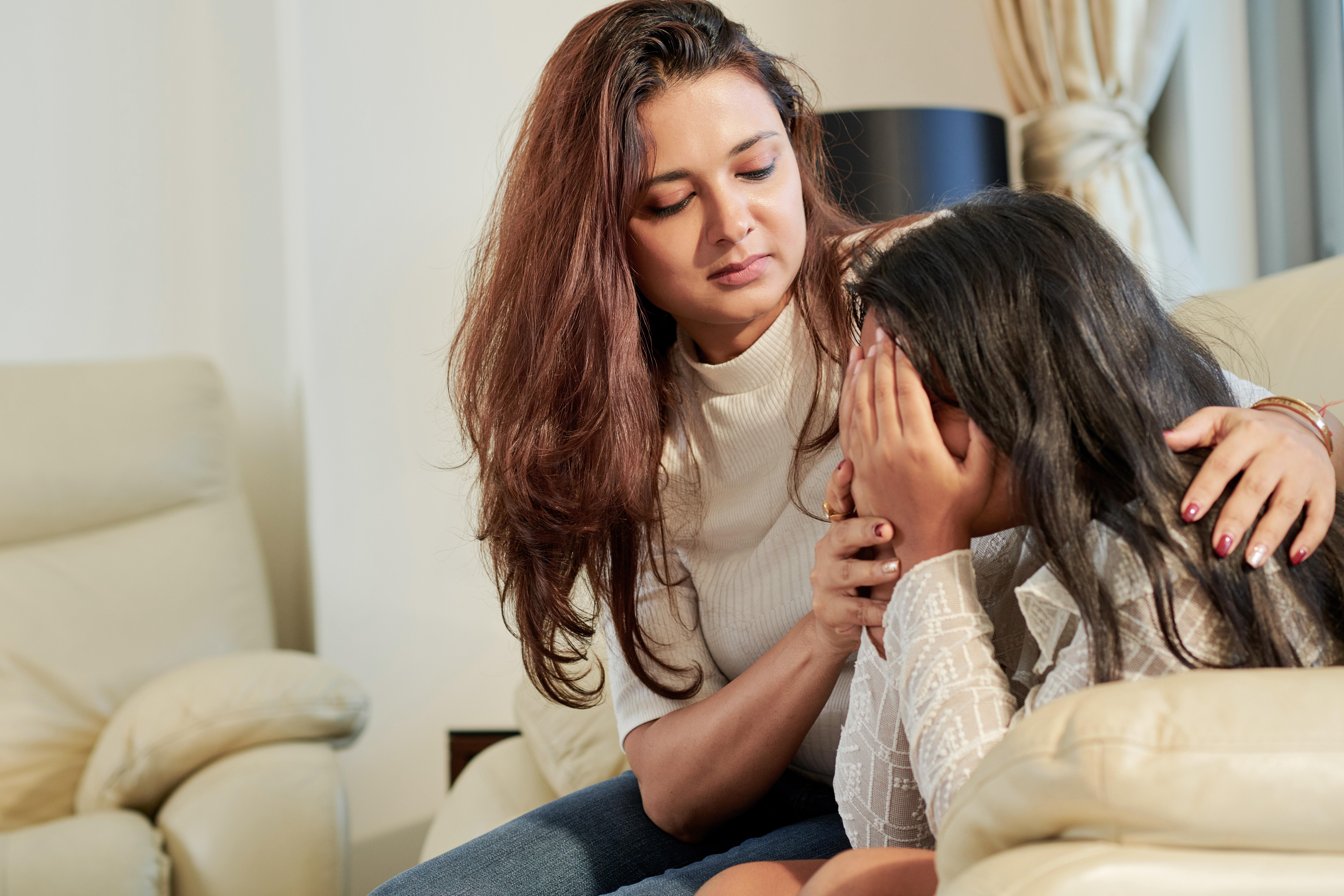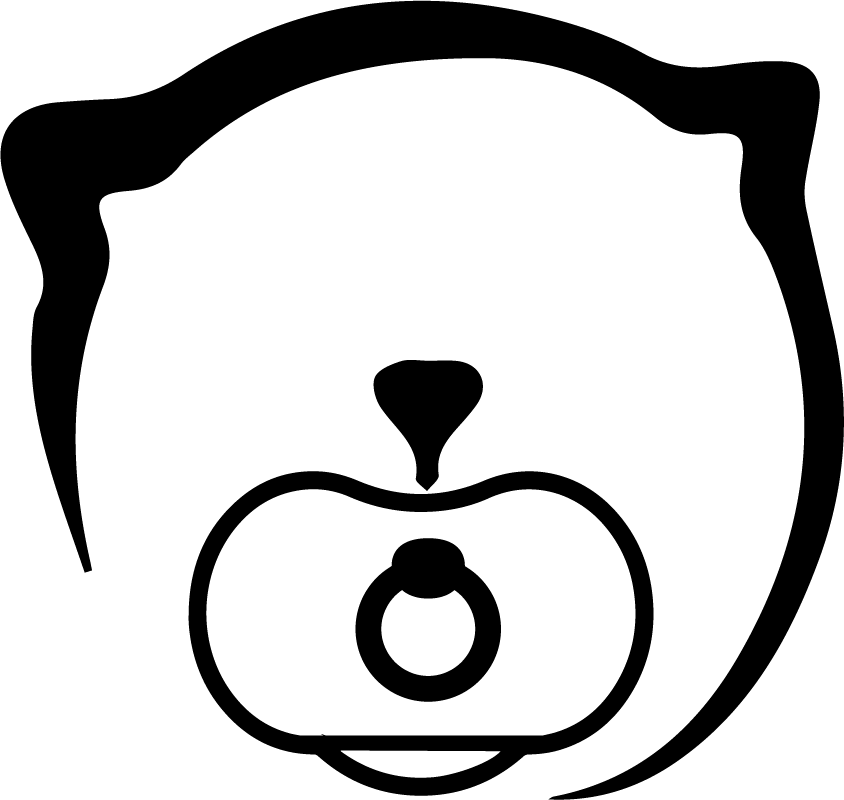Table of contents [Show]
- The End of Roles, The Rise of Relationships
- What Is the ‘Good Cop/Bad Cop’ Dynamic and Why Did It Prevail for So Long?
- Why It’s No Longer Working (Especially in Indian Households)
- 5 Reasons Parents Are Dismantling the Good Cop/Bad Cop Script
- 2. It Undermines Parental Unity
- 3. It Normalises Gendered Parenting Roles
- What Conscious Discipline Looks Like in 2025
- Real-Life Voices: What Modern Indian Parents Say
- Tools That Help (Without Yelling or Giving In)
The End of Roles, The Rise of Relationships
“Wait till your father comes home.”
“She’s always spoiling him.”
“He’s too strict, it’s scary.”
These phrases, once commonplace in Indian households, now sound outdated and for good reason. The traditional “good cop/bad cop” discipline model, where one parent sets harsh rules while the other soothes is being challenged by a new wave of conscious parents who value emotional safety over fear-driven obedience.

In 2025, discipline is no longer about punishment. It's about co-regulation, communication, and raising kids who understand not fear boundaries. And it starts with dismantling a parenting script that pits partners against each other.
What Is the ‘Good Cop/Bad Cop’ Dynamic and Why Did It Prevail for So Long?
The method was simple: one parent (usually the father) enforced rules, raised voices, and delivered consequences. The other (typically the mother) softened the blow, offered comfort, and advocated for leniency.

It came from a place of perceived balance "tough love" and "nurturing" combined. But the cost was high:
- Children became confused about limits and loyalty
- Parents ended up resenting their roles
- Emotional development was compromised by fear and inconsistency

Why It’s No Longer Working (Especially in Indian Households)
Today’s parenting landscape is more aware and more complex.
- Dual-income households mean both parents are active caregivers.
- Therapy culture has normalized emotional check-ins.
- Children are more expressive, assertive, and exposed to alternative family models.
Most importantly, millennial and Gen Z parents are choosing intention over inheritance, and they’re asking not just what works, but what feels right.
Mapabear reached out to child psychologist Shweta Gandhi to understand how modern families are redefining discipline in Indian homes.

“This model has stuck around because it’s familiar and generational. In many Indian households, one parent unconsciously takes on the disciplinarian role while the other becomes the comforter, often believing this ‘balance’ works. But research shows it can confuse a child’s sense of safety and boundaries. What children need is consistency and emotional alignment, not polarized parenting roles.”
— Shweta Gandhi, Child Psychologist
5 Reasons Parents Are Dismantling the Good Cop/Bad Cop Script
1. It Teaches Kids to Manipulate, Not Understand
Children quickly learn which parent is more lenient. They start triangulating “I’ll ask mom, she always says yes.” This doesn’t foster respect, it fosters strategy.
2. It Undermines Parental Unity
When one parent becomes the 'villain', it creates emotional distance both between partners and with the child. Over time, it erodes teamwork.
3. It Normalises Gendered Parenting Roles
In India, moms often become default nurturers while dads are the disciplinarians. This limits both parents and reinforces outdated stereotypes.
4. It Ignores Emotional Literacy
Fear may enforce compliance, but it doesn’t teach regulation. Kids don't learn why something is wrong, only know just that they'll get yelled at.
5. It Misses the Opportunity for Conscious Connection
Discipline moments are learning moments. When handled with empathy and clarity, they build trust, the real currency of parenting.
What Conscious Discipline Looks Like in 2025
Instead of rigid roles, conscious families are embracing shared leadership.
✅ Joint Boundaries
Parents agree on rules beforehand and present them as a united front. No undermining. No contradiction.
✅ Co-regulation Before Correction
Tantrum? Power struggle? Parents pause to regulate themselves first, only then do they engage the child with calm clarity.

✅ Scripts That Support
Instead of: “I told you not to do that, now you're grounded.”
Try: “I see you're upset. It’s okay to feel that way, but we don’t hit. Let’s find another way.”
✅ Repair Over Rage
Mistakes are inevitable, for both child and parent. Conscious parenting involves coming back, saying, “I lost my temper. I’m sorry. Let’s try again.”

“Discipline comes from the word 'disciple,' meaning to teach. It is about helping children understand what’s expected, guiding them with empathy, and setting boundaries with kindness. Punishment may stop a behavior temporarily, but discipline teaches skills that last a lifetime.”
— Shweta Gandhi, Child Psychologist
Real-Life Voices: What Modern Indian Parents Say
“We stopped calling ourselves ‘good cop’ and ‘bad cop’ once we saw our son use the terms. It felt wrong.”
— Meghana Iyer, mother of a 4-year-old in Bangalore
“I now tell my husband we’re not two halves of a parenting coin. We’re a team.”
— Zoya Siddiqui, mother of twins, Gurgaon
Tools That Help (Without Yelling or Giving In)
- Emotion cards (like Mindful & Co Kids)
- Calm-down corners at home
- Shared parenting journals
- Positive discipline books (e.g., The Whole-Brain Child, Raising Good Humans)
- Parenting apps that help track behaviour and emotion triggers
“Inconsistency creates confusion and insecurity in children. When one parent allows something and the other does not, it sends mixed signals about boundaries, safety, and trust. Over time, this can lead to manipulation, anxiety, or acting out. The key is not perfect agreement but private alignment. Have the conversations away from your child and show up as a team.”
— Shweta Gandhi, Child Psychologist
FAQs
Q1: Is it okay to raise my voice occasionally?
Yes. You’re human. What matters is repair. Come back to your child, explain your emotion, and reconnect.
Q2: What if my partner isn’t on board with gentle parenting?
Start small. Share your reasons, model it with your child, and show the results over time. It’s a journey, not a battle.
Q3: How do I enforce boundaries without bribes or threats?
Focus on consistency, natural consequences, and choices. Instead of “If you don’t finish this, no TV,” try “You can have TV after dinner, your choice.”
Q4: Isn’t discipline supposed to be firm?
Absolutely. But firmness can coexist with empathy. Children thrive on clear limits delivered with emotional safety.
Q5: How can I stay calm when I’m triggered?
Try a parent pause: hand on heart, deep breath, step away. Also, build a daily practice (like journaling or walking) to release stress regularly.
“Just 5 minutes of daily meditation or mindful breathing can rewire your brain for calm. It helps regulate your emotions, lowers reactivity, and models emotional stability for your child. When you create inner stillness, your child learns safety through your energy, not your words.”
— Shweta Gandhi, Child Psychologist
Call to Action
Discipline isn’t about control, it's about connection. Let’s raise children who feel safe enough to listen and strong enough to question.
For more stories that shape today’s parents, follow Mapabear.






 Guiding and Empowering Parents with fact-checked excellence -
Guiding and Empowering Parents with fact-checked excellence -